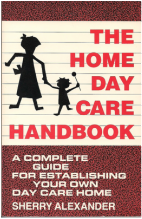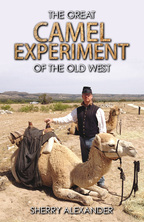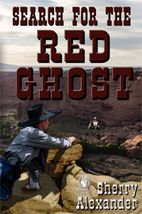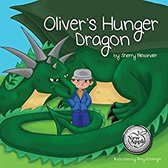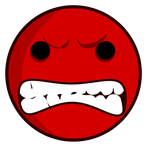
Anger is an intense reactive emotion. Jealousy, frustration, confusion, loneliness, pain (real or imagined), fear, rejection, and even embarrassment can spark anger. The list of feelings that can lead to anger can go on and on. It can strike like lightening with a sharp, quick burst of words or punch in the face, or it can simmer slowly like the proverbial watched pot that never seems to boil until a human Mt. Vesuvius explodes.
All of us at one time or another have experienced anger. After all, we are all human. However, as writers it is our job to portray human emotions, like anger, in a way that our readers feel what our characters are going through. That means we need to show and tell what is happening through our plotting to create the motivation behind the anger, then give it impact with a description of the action that happens as a result of the anger.
For instance, in Search for the Red Ghost, Jake becomes angry when he learns that his father is leaving instead of searching for the creature that killed his mother. You can read his feeling through both his words and his body language.
“No choice?” Jake, his face red and his hands curled into fists, yelled. “Something kilt Ma, and you’re going to ride out like nothing happened? Well go ahead—go chase those Injuns. You never cared much for Ma, or you wouldn’t have left us here in this god-forsaken place.”
His father's response is much the same, but the words used to describe his physical response to Jake's outburst adds another visual dimension to his reaction.
Jake started to turn just as two strong hands grabbed his shoulders, and jerked him backward, and spun him around. “Now listen here boy!” Pa shouted, gripping the front of Jake’s shirt, and pulling his face close. “I’m your pa and don’t you never talk at me that way. Understand?”
Plotting is probably the most important aspect of writing about anger. That sounds almost laughable--plot your character's anger, but it is extremely important. Through plotting, you develop the events that drive the character forward. Those events determine the character's emotional responses and build the anticipation that keep the reader turning page after page. If effective plotting is in place, the reader knows that the character is either simmering silently and the reader can anticipate a blow up down the road, or the reader knows what motivates the character and how the character will react. Either way, showing your character's anger is challenging but what is a good story without a conflict?
Happy Writing!
 RSS Feed
RSS Feed
